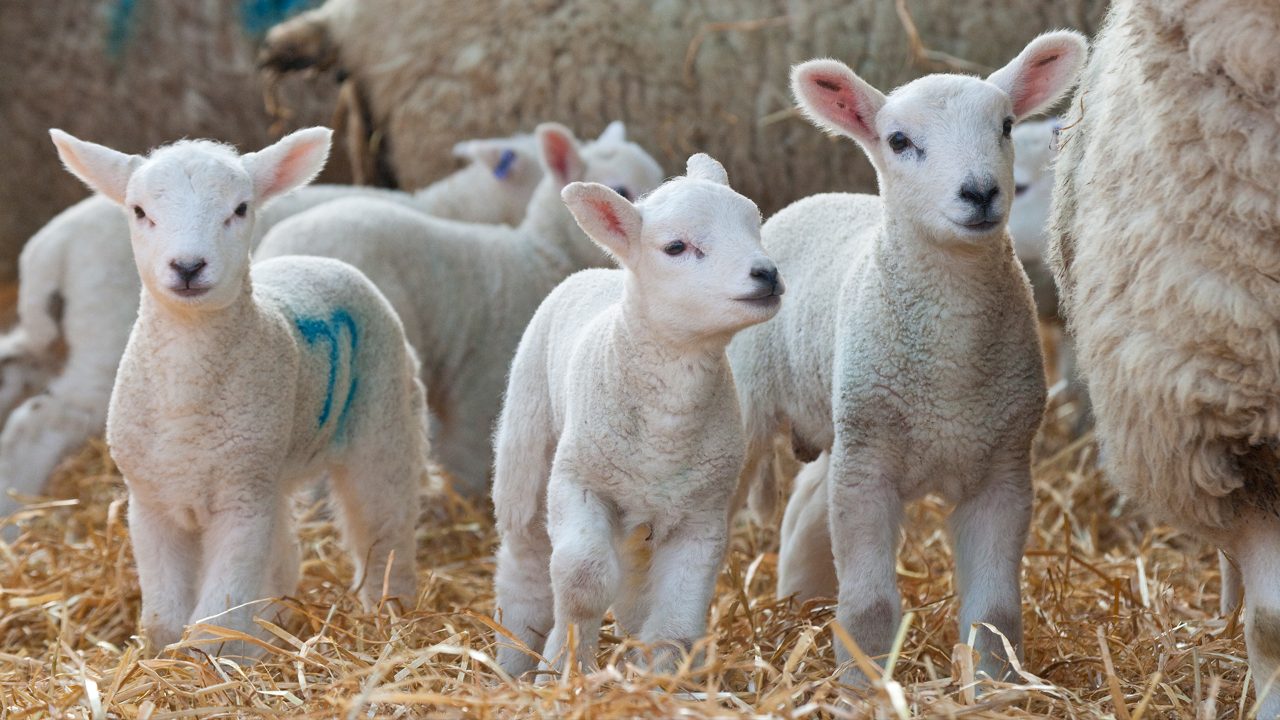The NZ sheep industry has become increasingly productive in recent times through a range of innovations, including improved feeding and modern sheep breeds. But there have been some unintended consequences along the way, namely excess mortality rates.
A new report from the Kellogg Rural Leadership Programme addresses this issue and investigates potential solutions to the problem. The author of the report is Richard Dawkins who told REX hosts Hamish McKay and Rebecca Greaves that as an industry, significantly more investment, research and development is required.
"We spend so much time and resources fighting fires that it actually drains our ability to fund new research," he said.
"Farmers are actually aware of this issue and wastage and they limit their scanning percent to reduce those death rates and while that's great for animal welfare I think that's a bit of a missed opportunity."
Dawkins clarified that his data refers not only to lamb deaths but ewe's as well. While he notes that in general farmers do a fantastic job, he believes improving the mortality rates during lambing will have a number of positive impacts.
"With reduced death rates, comes increased income, obviously improved animal welfare outcomes. Emissions is a hot topic at the moment and if we have more lambs per head that's more emissions-efficient.
"No one likes looking at dead animals, I think farmer sentiment improves as well with reduced death rates."
Every farm is different, Dawkins said, and each individual farm's management strategy will depend on a variety of factors that could differ greatly from one another.
His broader recommendation from the report is to repurpose levy money towards research, development and education for farmers.
"The lowest hanging fruit is feeding and body condition scoring."
Australia has a collaboration between industry and the Government which funds productive research and is the kind of solution Dawkins believes could be effective in New Zealand too.
The highest death rates he found are in triplets and also mated hoggets. Scanning ewes and identifying high-risk animals, which he noted can often be less than 10% of the mob is another small way farmers can help reduce their mortality rates.
Read Richard Dawkins's full report 'Addressing Mortality in New Zealand Lambing Systems' here.
Listen to the full chat between Richard Dawkins, Rebecca Greaves and Hamish McKay above.
To check out more episodes listen to the REX Today Podcast anytime on your favourite streaming platforms including Spotify, Apple Music and Rova or tune in to REX Mornings live on Magic from 5 am to 6 am every weekday.
Visit the Rural Exchange Facebook or Instagram page for more information and regular updates from the REX team.












